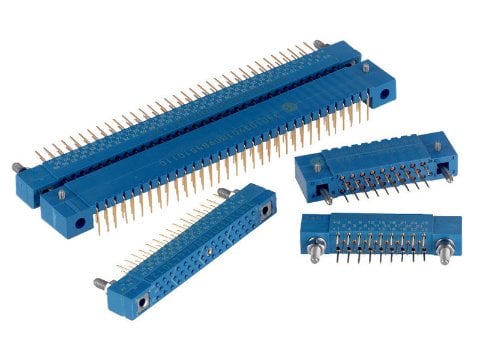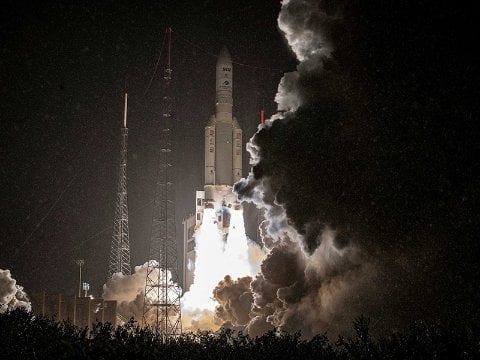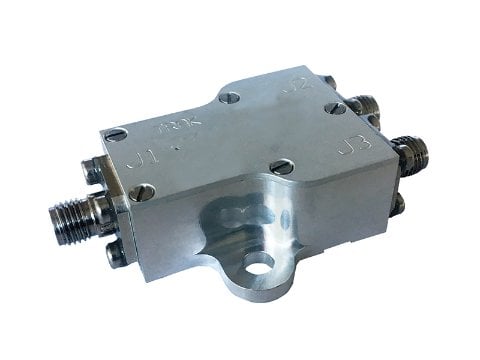- Broadband Coverage with Constant Gain and Beamwidths
- Polarization Diversity: Vertical/ Horizontal/ Right Hand and Left Hand Circular Polarization Available
- Removable Elements for Transportability and Stowage
- Extremely Rugged - Perform to Specs in Severe Environments
- MIL-E-16400 Design
-
Broadband Linearly Polarized Log Periodic Antennas
Cover extremely broad frequency ranges and are specifically designed to meet the most physically demanding environments.
-
Synthesizers
Synthesizer architectures supporting operating frequencies from 0.1 to 40 GHz. Our direct analog and digital designs feature fast switching speed of less than 100 nanoseconds and ultra-low phase noise.
-
Phase Stable Cable Assemblies
Lab-Flex T cable is the ultimate solution for those testing conditions which require the minimum phase change during temperature and mechanical flexure.
-
High Performance Cable Assemblies
Lab-Flex Series are high performance flexible cable assemblies with the lowest insertion loss and highest frequency response.
-

Understanding the Test Criteria of Optical Fiber Transceivers Used in Space
In space, high performance components must be able to deliver reliably in the punishing environment. It is optical transceivers that drive transmissions, converting signals to and from a copper-resident format. Fiber optics communications provide high bandwidth and low latency signaling. Signal transmissions through fiber optic cables (FOCs) provide immunity to EM/RFI interference, crosstalk, and voltage level surges. Fiber optics’ accuracy and reliability exceeds traditional cabling. Covering 1,000 feet requires four pounds of FOC versus 39 pounds of copper wiring, and fiber optics also consume less energy than copper. To convert electrical signals from circuitries with copper output to fiber optics, optical fiber transceivers are usually required.
-

Smiths Interconnect receives the ESA certification for its Italian site
Smiths Interconnect’s site in Genoa has been registered under the manufacturers of components qualified to the rules of the ESCC System and intended for use in ESA and other spacecraft and associated equipment - in accordance with ESCC
-

Optical Transceivers reach new heights
Smiths Interconnect proudly announces another significant milestone in its spaceflight heritage. The company’s SpaceABLE® 10G 4TRX optical transceivers with patent-pending radiation-resistant design are now in service on Thales Alenia Space’s newest geostationary Ka-band satellite, SES-17.
-

Expanded Coaxial Coupler offering for Space and Defense
Comprehensive range of coaxial coupler components are designed for mission critical applications including GEO/MEO and LEO payloads, launch systems, and deep space mission management.

